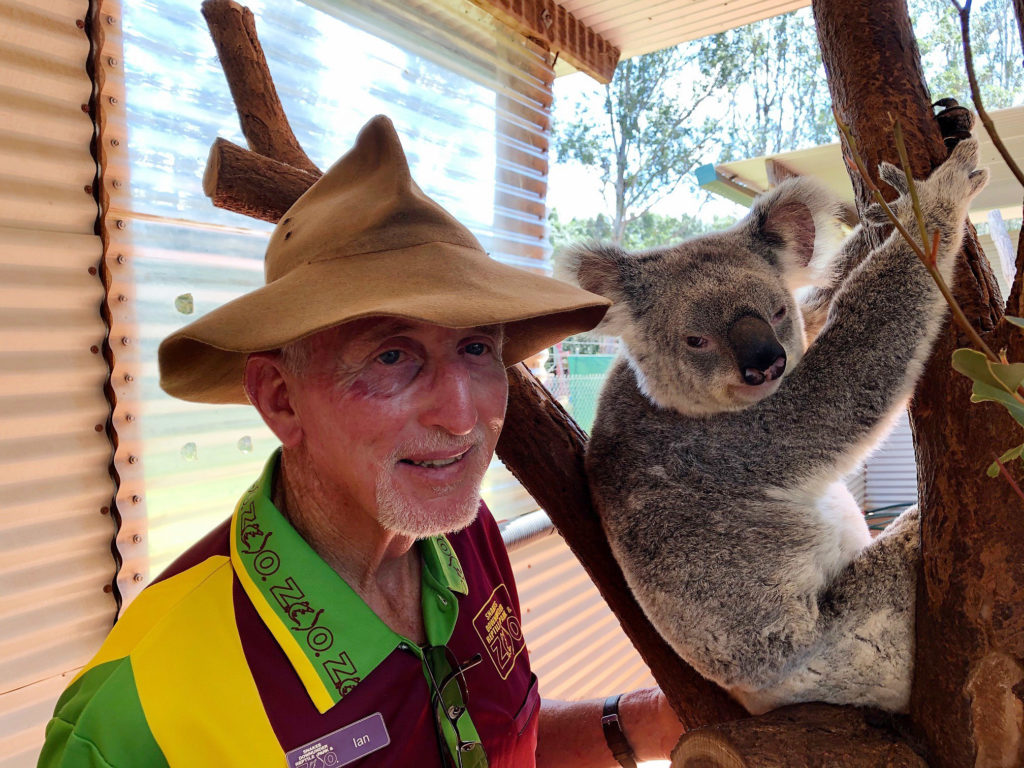
Three koalas living a cosy existence at Snakes Downunder would not have survived in the wild without human intervention.
Today is the Australian Koala Foundation’s “Save the Koala Day” and Snakes Downunder, through its koala enclosure, is a contributor to extending the lives of injured or diseased koalas.
Many recuperated koalas, and especially de-sexed females, are not released back into the wild as they may compete with healthy koalas for limited food.
Ian Jenkins, owner/operator of Snakes Downunder Reptile Park and Zoo near Childers said even obtaining koalas which are not breeding stock is a difficult process.
“We basically had to provide an expression of interest and then virtually went into a lucky dip to be able to get these animals,” he said.
“Matilda, Bonnie and Charlotte were originally located at Australia Zoo after they presented with minor injuries.
“They were provided great care from the staff at Australia Zoo who assist in identifying animals that can be released or need ongoing care,” Ian said.
“As females, they are examined via an ultrasound and were identified as having ovarian cysts which would have been fatal if released back into the wild. They were operated on, de-sexed, and then relocated to our zoo.
“Matilda is the oldest at around 20 years which is quite exceptional given they only live to 10 or 12 years in their natural habitat,” Ian said. “She’s really strong and healthy and enjoying life.”
“The other two are 11 and eight years respectively.”
“We gained this trio through the Queensland Species Management Program which is for animals who are injured or found in locations where they shouldn’t be.
“Down the track we would like to gain fertile females and enter into a breeding program to assist with the ongoing survival of the species,” he said.
Snakes Downunder koalas food source
Prior to gaining the koalas around six years ago Ian had to provide a food source and established a gum tree plantation which provides about five different species of gum leaves.
As far as koalas around the Childers area is concerned Ian feels there is either not enough of their preferred species of gums to build up a population.
“I have heard unsubstantiated reports of a small colony around the Isis River area.”
With the warmer weather approaching the comfort of the koalas becomes a further issue to manage.
“We have fans, sprinklers on the roof and misters. We are also going to open up our current enclosure to offer additional space as well as live trees,” Ian said.
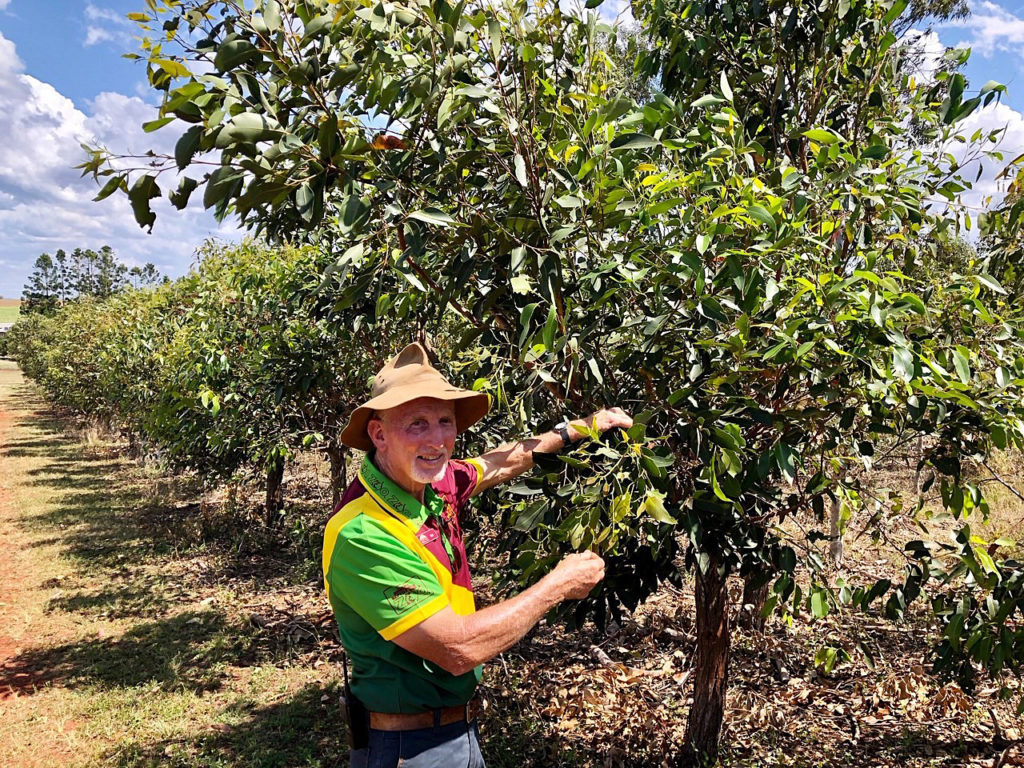
While some zoos offer a “Koala cuddling” program strict protocols regarding wild animals preclude such activity with the trio at Snakes Downunder.
“Petting is about as much as we are able to offer. The animals can easily stress. I have to weigh them every fortnight and the younger two moan and carry on a bit about being picked up,” he said.
Information from the Australian Koala Foundation’s (AKF) website states that research shows that the Koala is in trouble and that extinctions of local populations have already occurred.
In contrast to the millions of Koalas which were thought to be present at the time of European settlement, the AKF believes that there could be less than 80,000 remaining today, possibly as few as 43,000.
If this rate of decline continues the koala, according to AKF, is at risk of extinction.
And if you are wondering about the origins of the word “koala” the AKF believes it is thought to have meant ‘no drink’ in one of the Aboriginal languages.
Koalas don’t need to drink very often because they get most of the moisture they need from eucalyptus leaves.
However, they can drink from waterholes and creeks etc if necessary, such as in times of drought when the eucalyptus leaves contain less moisture than normal.

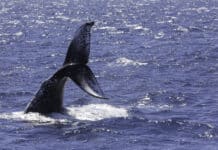
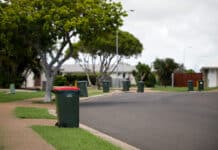
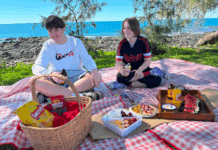




A good story Ian. When the APSL Group visited a couple of weeks ago I think they all wanted to hug the koalas. I know a lot of photos were taken of them they certainly were popular.